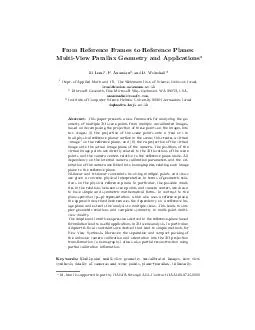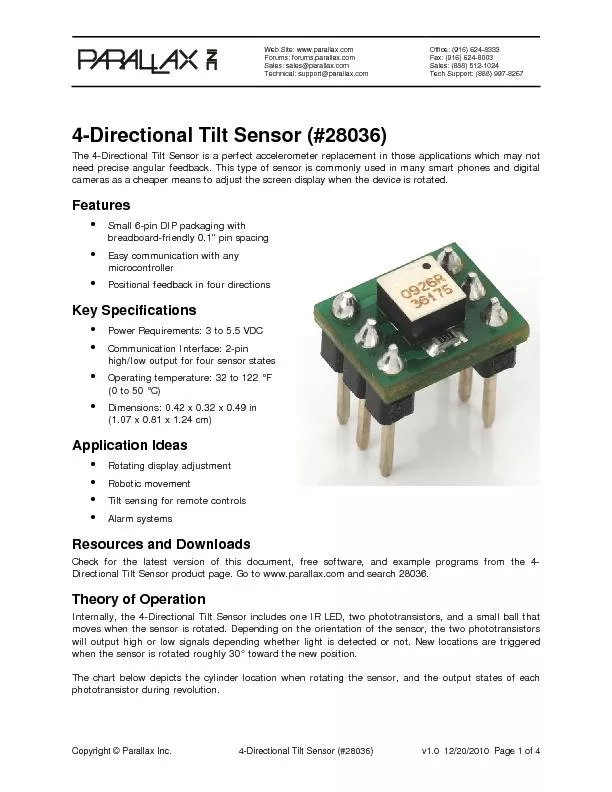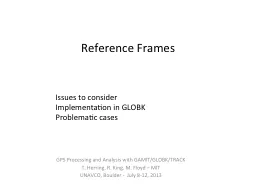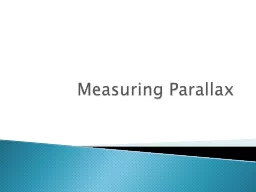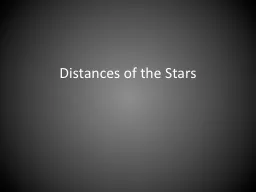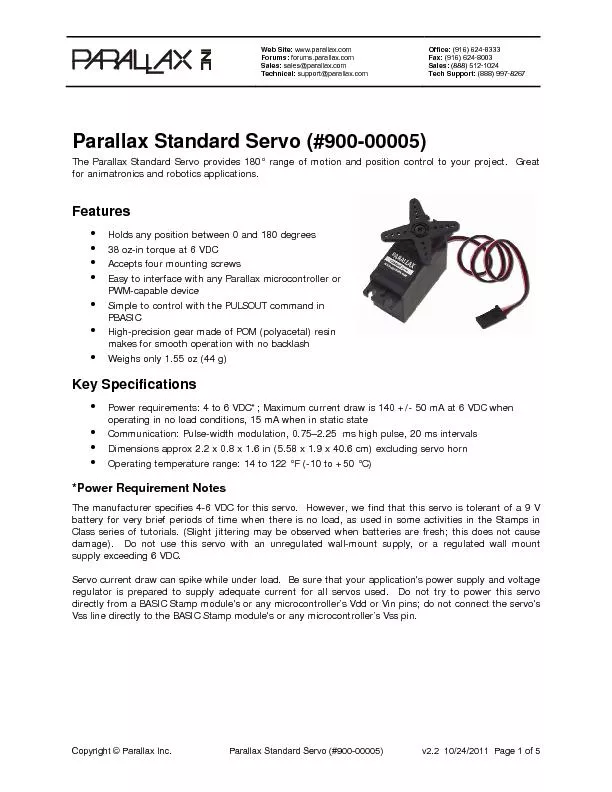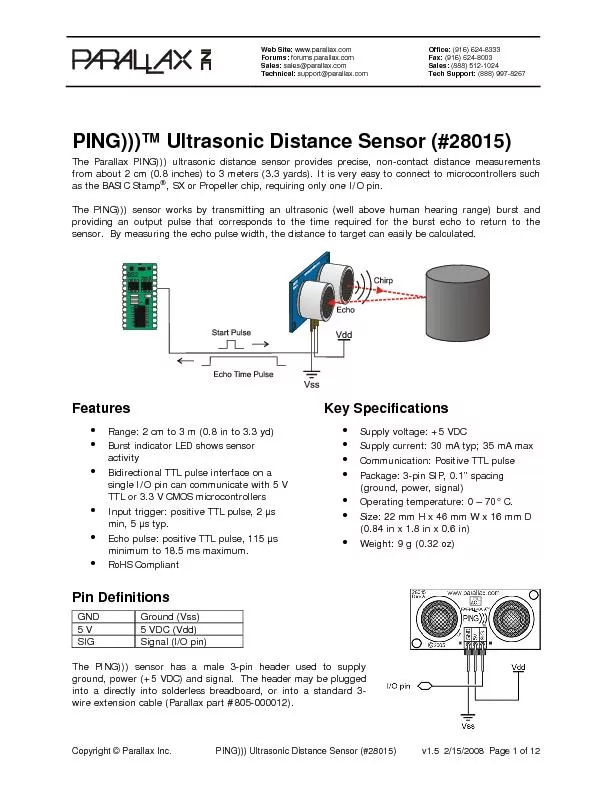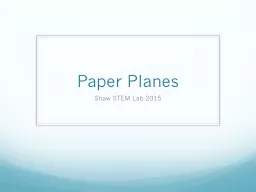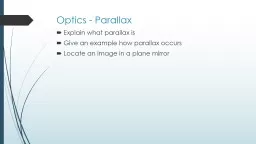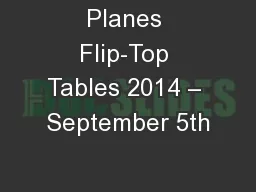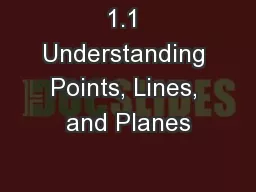PDF-From Reference Frames to Reference Planes MultiView Parallax Geometry and Applications
Author : cheryl-pisano | Published Date : 2014-12-26
Irani P Anandan and D Weinshall Dept of Applied Math and CS The Weizmann Inst of Science Rehovot Israel iraniwisdomweizmannacil Microsoft Research One Microsoft
Presentation Embed Code
Download Presentation
Download Presentation The PPT/PDF document "From Reference Frames to Reference Plane..." is the property of its rightful owner. Permission is granted to download and print the materials on this website for personal, non-commercial use only, and to display it on your personal computer provided you do not modify the materials and that you retain all copyright notices contained in the materials. By downloading content from our website, you accept the terms of this agreement.
From Reference Frames to Reference Planes MultiView Parallax Geometry and Applications: Transcript
Download Rules Of Document
"From Reference Frames to Reference Planes MultiView Parallax Geometry and Applications"The content belongs to its owner. You may download and print it for personal use, without modification, and keep all copyright notices. By downloading, you agree to these terms.
Related Documents

